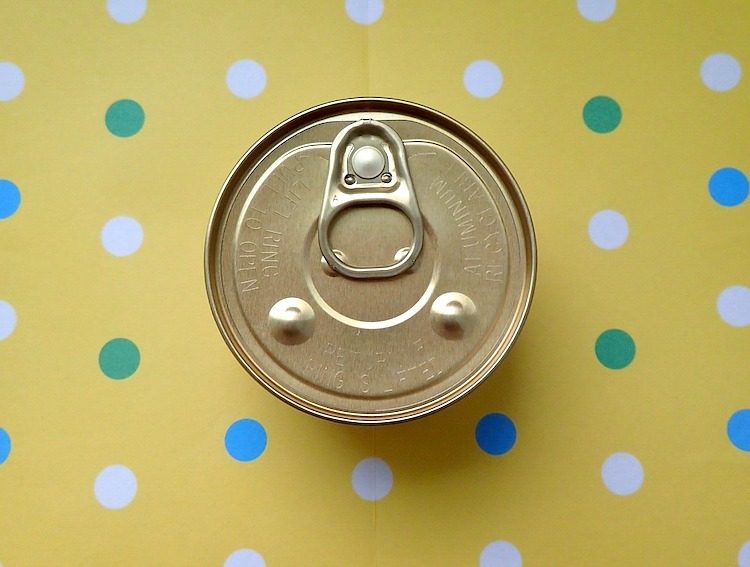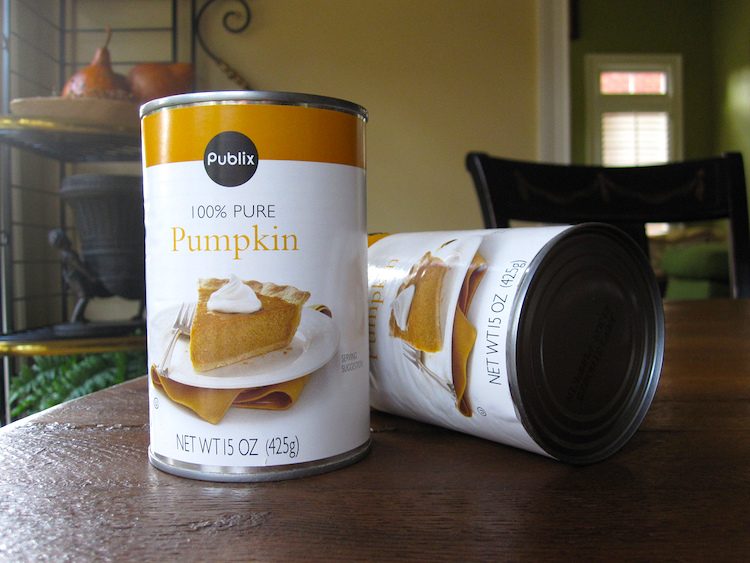
Constipation is an unpleasant problem that can even strain a relationship.
How so?
Oscar is a handsome Golden Retriever with a broad skull, soulful brown eyes and honey-colored coat. But one Monday morning he was looking distinctly less than his best.
During his vet consultation, Oscar’s discomfort was more physical than emotional — he was painfully constipated. The problem resulted from a lamb shank bone he’d had as a treat over the weekend.
The trouble was the bone shards had scraped their way through his intestine (causing soreness and inflammation) and then clumped together in his rectum to form a hard spiky ball that Oscar was unable to pass.
The cause of his family’s fighting was that the wife had forbidden the husband to give Oscar the bone, but he’d gone ahead and done it anyway.
What the husband hadn’t realized was that bones are a common source of constipation in dogs.
Poor Oscar was so bunged up that he needed an enema under general anesthetic to get things moving again, but happily it all worked out in the end.
Now, let’s talk about what can cause constipation in your dog…

Common Causes of Constipation in Dogs
Bones aside, the common causes of constipation are divided into dietary issues, medical problems and pain-related.
Dietary Deficiency
Dogs need fiber. Fiber is good on so many levels, primarily because it produces a soft, bulky stool that is easier to pass.
Dogs lacking fiber are more likely to be constipated as well as suffering from secondary problems, such as blocked anal sacs.
Medical Problems
Health issues not directly related to the bowel can have a knock-on effect that results in constipation.
For example, the sluggishness associated with underactive thyroid glands can extend to the bowel.
Other causes include:
- Enlarged prostate glands — which press on the rectum, causing it to narrow
- Perineal hernia — a pocket or “blind alley” beside the rectum, into which feces get diverted and trapped
To stop the constipation from recurring, it’s best to correct underlying health issues. This means putting an arthritic dog on painkillers — or, in Oscar’s case, banning bones.
Pain-Related
Conditions such as arthritis or hip dysplasia make it painful for a dog to squat.
Was YOUR Pet Food Recalled?
Check Now: Blue Buffalo • Science Diet • Purina • Wellness • 4health • Canine Carry Outs • Friskies • Taste of the Wild • See 200+ more brands…

Therefore, the dog is more likely to hold on, which means the feces spend longer in the rectum and become harder and drier as a result — which then makes them difficult to pass.
How to Know if Your Dog Is Constipated
What signs should you be alert for?
This is a good question because the main symptom — straining — might not necessarily be the result of constipation. Straining is also associated with bladder problems and diarrhea.
So if you see the dog straining, take a closer look:
- Is the dog passing good-sized puddles of urine? Or is the urine coming out in dribbles or not at all? If this happens, contact your veterinarian immediately because urinary problems can be life-threatening.
- What is the dog passing from their bowel? If it’s hard, dry nuggets after a good deal of straining, chances are the dog is constipated. But be aware that dogs with diarrhea may strain and not produce anything — this is because the inflammation in their bowel gives them a feeling of urgency. In this case, have a patrol around the yard and be on the alert for telltale puddles of liquid feces.
Constipated dogs are often uncomfortable and not interested in food.
Indeed, some dogs will vomit and seem depressed. Also, some dogs will smell of feces and have soiling around the rear end.

How to Help Your Dog
This involves a combined approach of giving laxatives and enemas, and addressing predisposing issues (such as arthritis).
One suggestion is Lax’aire, a gentle laxative and intestinal lubricant that is easy to administer. One customer says his constipated Frenchie “was tip-toeing around like he was trying to sneak up on somebody…. Ordered this and after feeding it to him, it produced a poo within 40 minutes.”
However (and this is a big however), be aware that what you put in at the top end (the mouth) takes at least 1 day to reach the bottom end.
A severely constipated dog needs more immediate relief than that. So rather than let your dog keep straining, contact your veterinarian about an enema.
Enemas are lubricants, such as liquid paraffin or warm soapy water, that are gently introduced into the dog’s rectum with the aim of softening and lubricating the hard stool. If the problem is mild, this can be done in the conscious dog, but in severe cases an anesthetic is necessary.
For mild dog constipation, if you’re looking for something more do-it-yourself, keep reading…
5 Options for Helping Mildly Constipated Dogs at Home
The following home remedies for mild dog constipation may work for your dog, but please use only 1 of the methods listed below.
(Why just 1? Because the combination of any 2 or more of these remedies may cause severe diarrhea, resulting in dehydration.)
Option #1: Switch to Canned Food

Pets who are accustomed to eating only dry food should be switched to canned food for 2 days.
The moisture content will usually help the dog have an easier bowel movement within that time.
Option #2: Canned Pumpkin for a Constipated Dog

Some veterinarians recommend feeding a constipated dog canned pumpkin.
Most dogs love the taste and will usually eat it readily.
The water content and high fiber will help the puppy poop. But please don’t use pumpkin pie filling, as it contains sugars and spices — only canned pure pumpkin will do the job.
Don’t miss our important article “The Pros and Cons of Feeding Pumpkin to Pets.”
Option #3: Olive Oil or Mineral Oil

The addition of olive oil to your dog’s food bowl will usually allow the dog to eliminate.
Take caution when adding any oil to the food because it could potentially cause diarrhea. Trading one digestive problem for another is never a good solution.
Instead of olive oil, you could mix a little mineral oil into the food.
Do not syringe it directly into your pet’s mouth — that slippery mineral oil doesn’t feel like other fluids do in the mouth and may not trigger the swallowing reflex. The risk is that it could be accidentally inhaled into the lungs.
So mix the oil in with food as a safe way to provide a natural laxative for your dog.
Option #4: Ginger and Chicken Broth

Mixing ¼ teaspoon ginger with ½ cup of chicken (or beef) broth and offering it to your pup could be another home cure.
Ginger is known to not only aid in digestive health, but also to assist in a more effective bowel movement. The fats in the broth also help move things along.
Option #5: Provide Plenty of Water

The most common reason for dog constipation is lack of fluids.
If your pet is experiencing this problem for longer than 24 hours or it is accompanied by vomiting, please get to the vet right away.
That is a sign of serious problems, such as a blockage in the intestines — and so this is certainly no time for home remedies.
References
- Ward, Ernest, DVM. “Constipation in Dogs.” VCA Hospitals. 2016. https://vcahospitals.com/know-your-pet/constipation-in-dogs.
- Defarges, Alice, DVM, MSc, DACVIM. “Constipation and Obstipation in Small Animals.” Merck Veterinary Manual. https://www.merckvetmanual.com/digestive-system/diseases-of-the-stomach-and-intestines-in-small-animals/constipation-and-obstipation-in-small-animals.
- Wilford, Christine, DVM, veterinary consultant. Vet on Call: The Best Home Remedies for Keeping Your Dog Healthy. Rodale Press. 1999. 41.
- Teft, Karen, DVM, MVSc, DACVIM. “Management Strategies for Constipated Dogs and Cats.” The Ohio State University.
 This pet health content was written by a veterinarian, Dr. Pippa Elliott, BVMS, MRCVS. This article was originally published in 2015 and is regularly updated. It was last reviewed for accuracy and updated Aug. 16, 2019.
This pet health content was written by a veterinarian, Dr. Pippa Elliott, BVMS, MRCVS. This article was originally published in 2015 and is regularly updated. It was last reviewed for accuracy and updated Aug. 16, 2019. 

